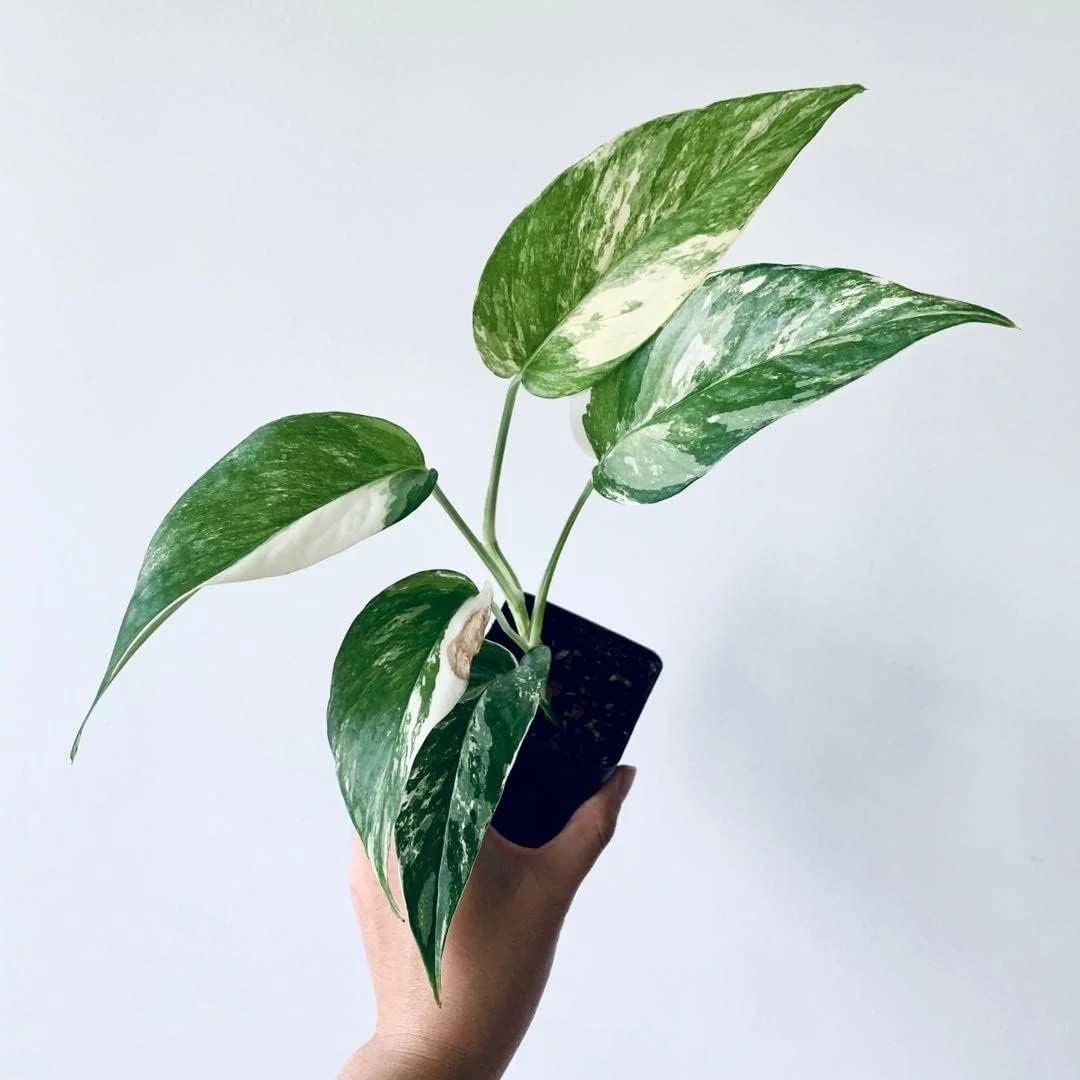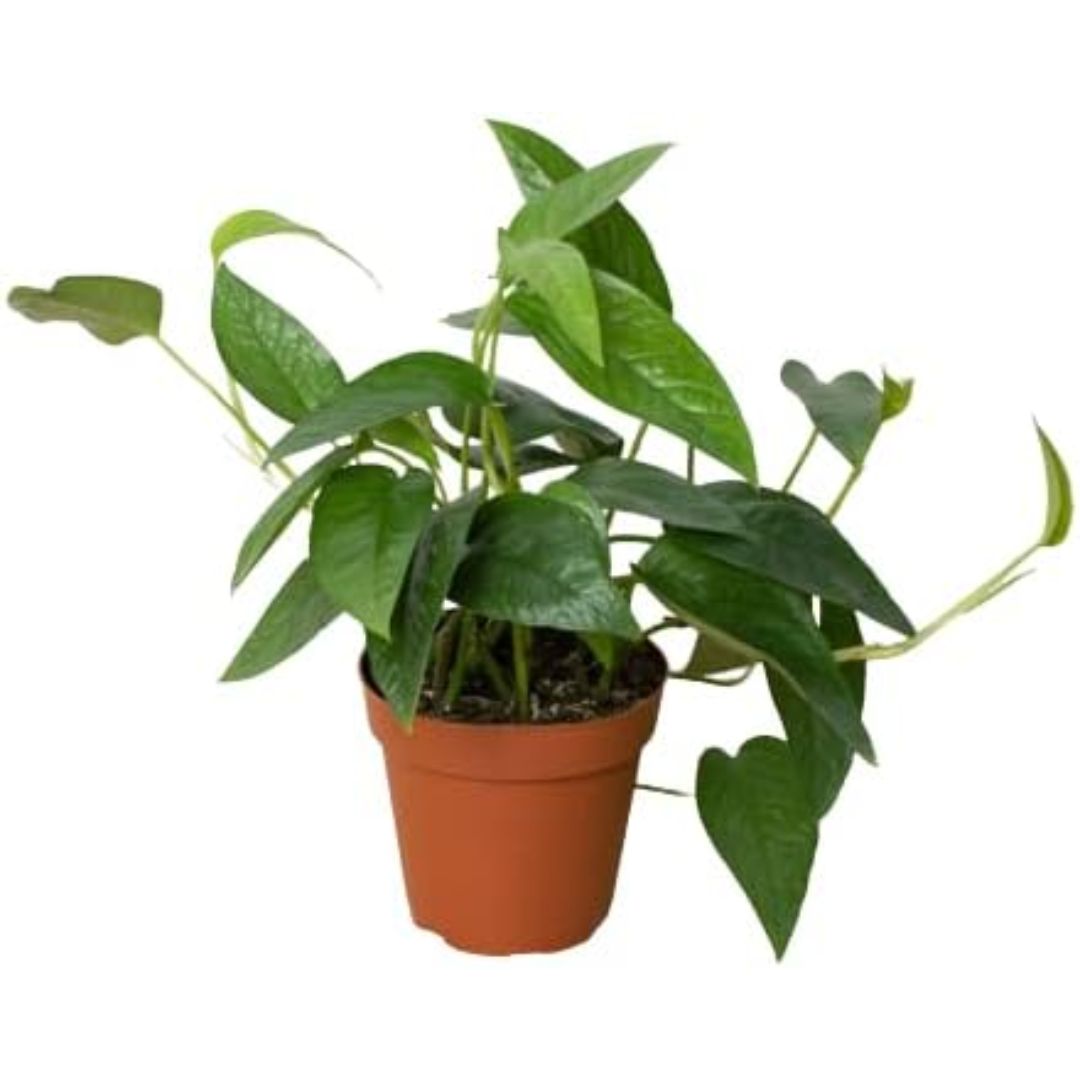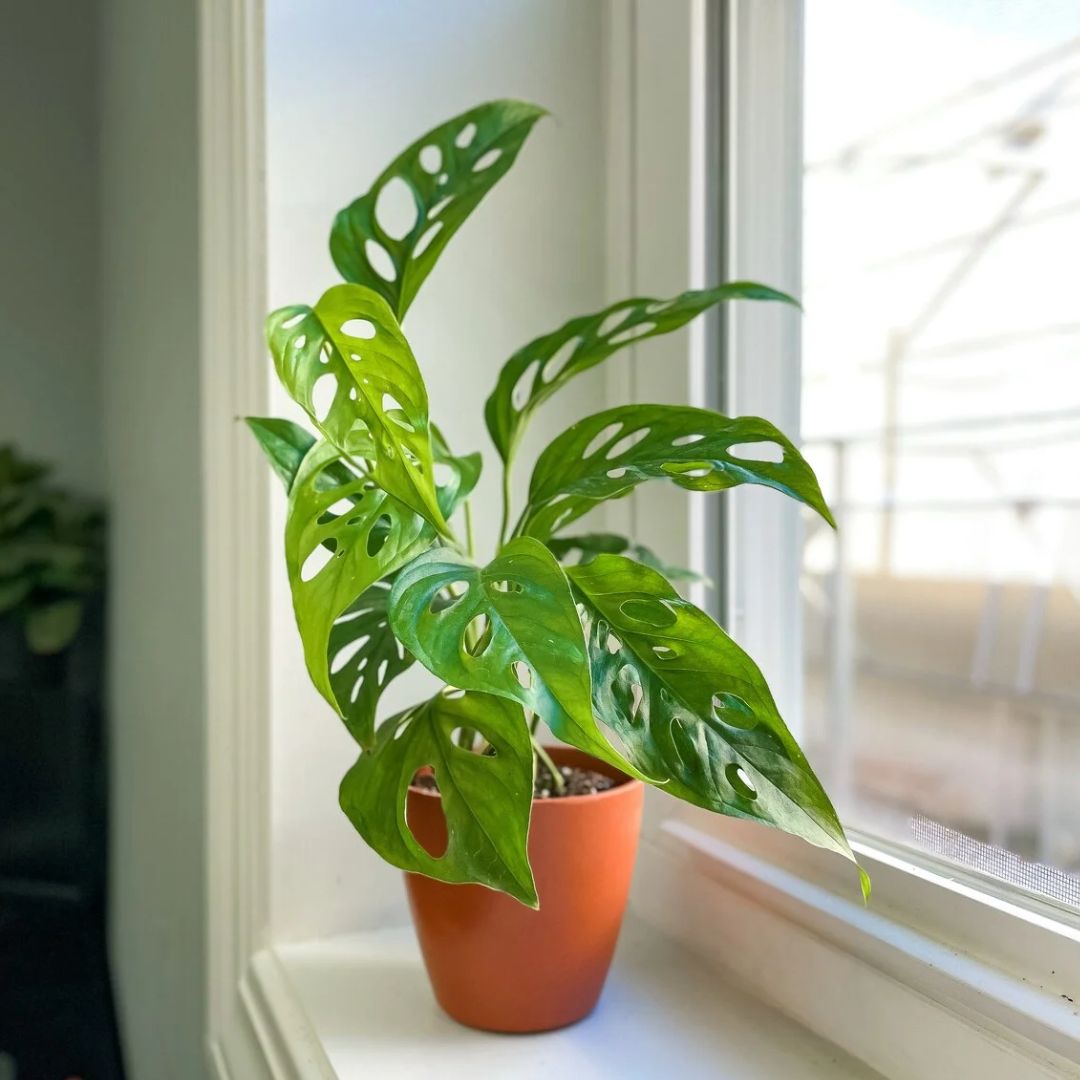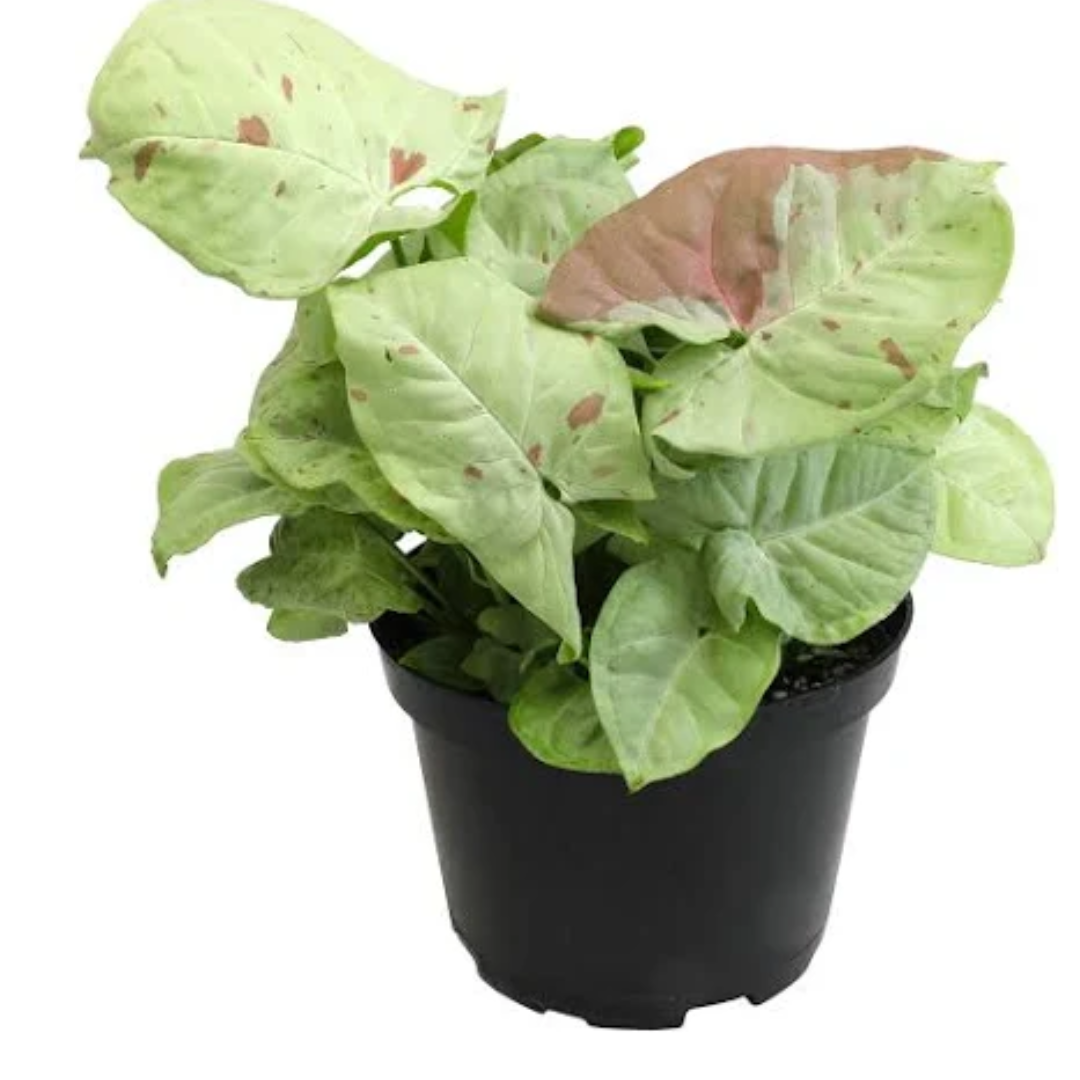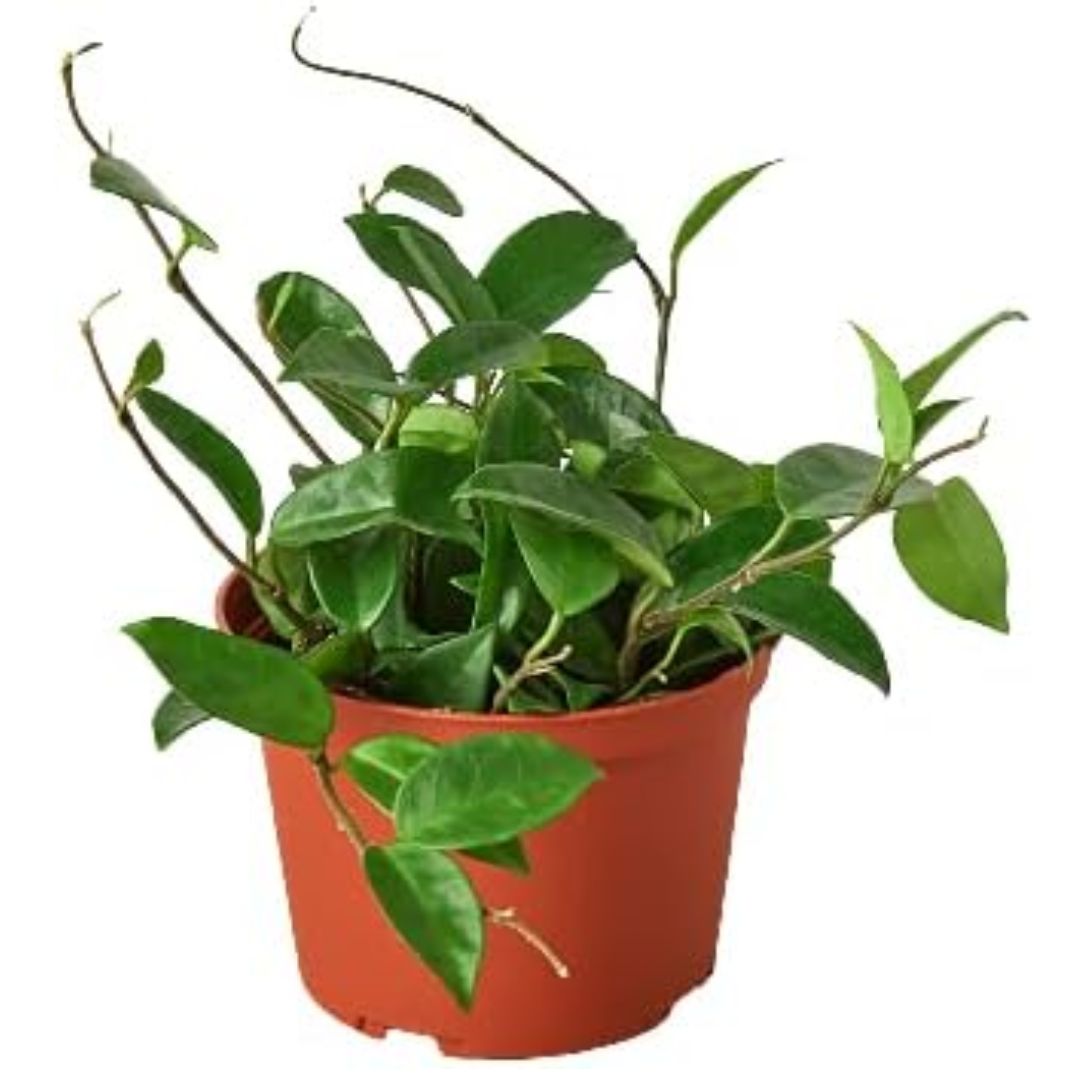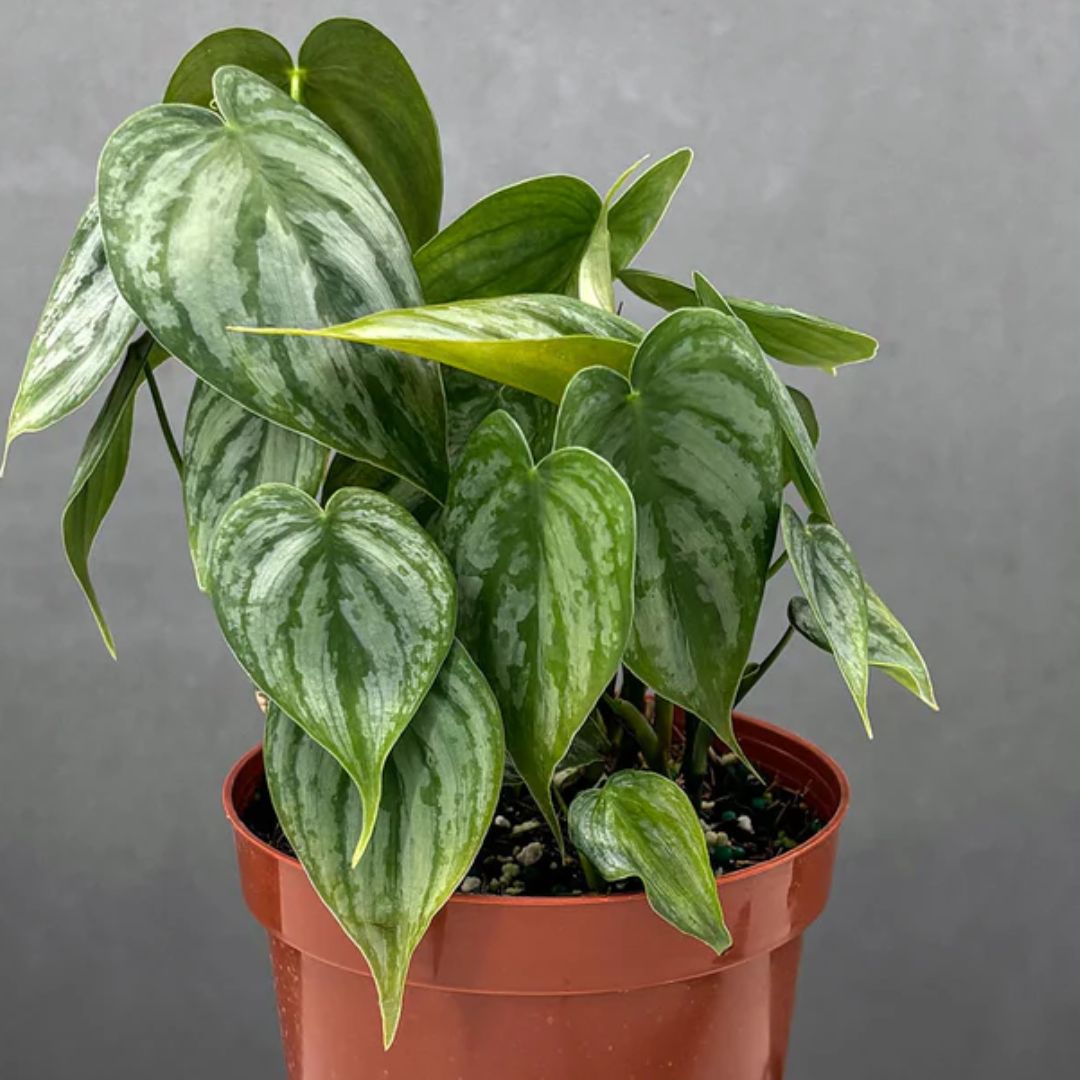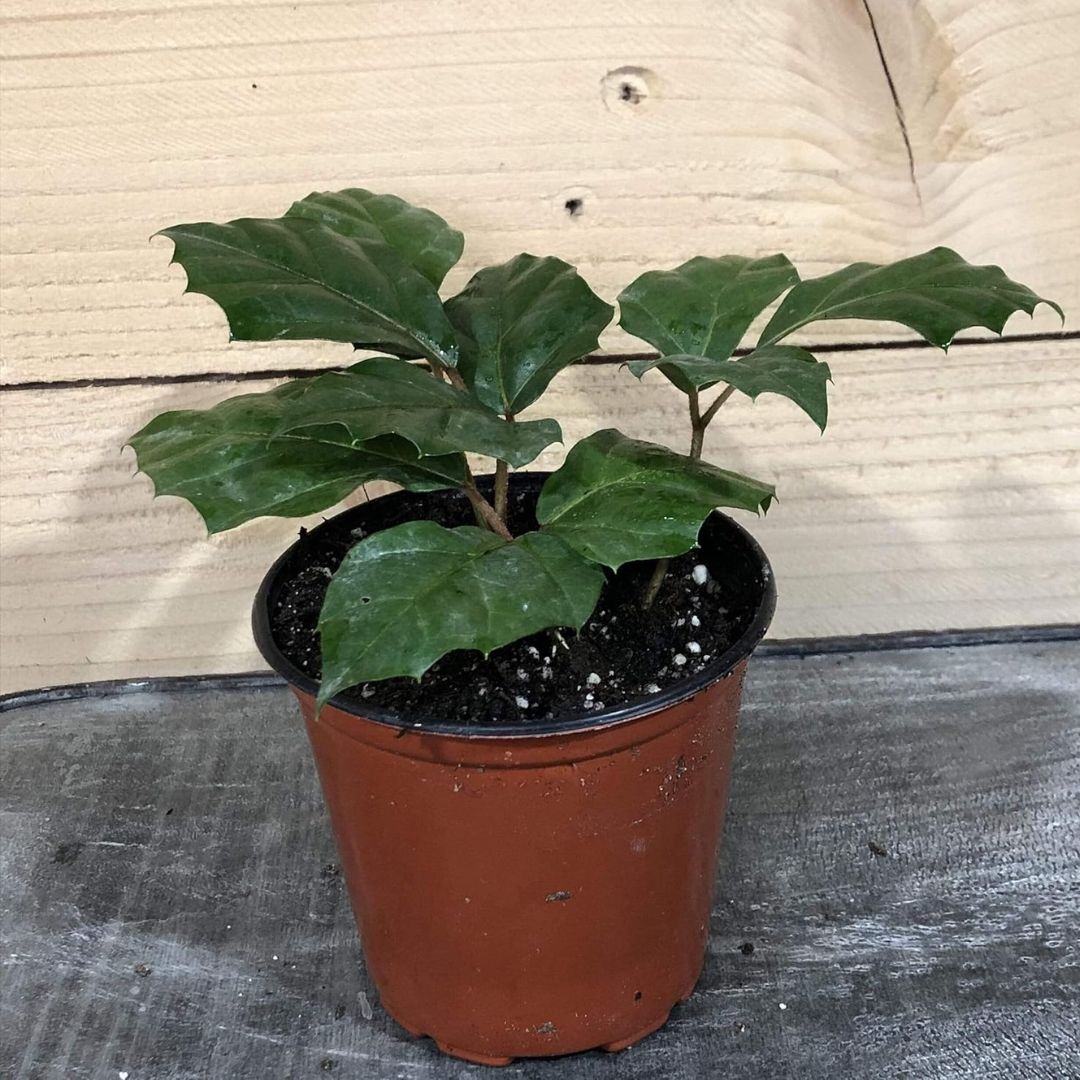10 Indoor Climbing Plants That Will Take Your Blooms to New Heights — And Make Your Home Look Lush
These vines add visual interest to an indoor garden and enhance the way your space looks and feels

When choosing the greenery for a room scheme, indoor climbing plants are a charming addition. Many vines are not only attractive, but they are fast-growing, so they can be a quick win for an indoor garden. Teaming vines and climbers alongside statement trees and smaller potted plants create a lush layered look, that mimics the way they grow and look in the wild.
Plant stylists like Hilton Carter have brought indoor garden ideas like these to life with vines, climbers and other trailing and hanging plants. Their versatility is endless.
Pothos and philodendrons are some of the most common indoor climbers, but if you're looking for something more attractive or unusual, here are 10 aesthetically pleasing varieties experts recommend.
1. Albo Pothos (Epipremnum pinnatum Albo-Variegata)

Pothos are one of the most popular houseplants because of how low-maintenance they are. They're fast growers and require minimal fuss. However, they are a common sight in many homes, so if you're after something more striking, or rare, opt for a cultivar like the Albo Pothos. It's as easy to care for as regular Pothos varieties but has a more eye-catching appearance.
"One of my favorite climbing plants is the Albo Pothos," says Justin Hancock, horticulturist and director, Costa Farms. "I love it for its white-variegated leaves that bear eye-catching slits and fenestrations. It climbs by sending roots into the support—so a moss pole or wood plank is perfect."
2. Cebu Blue Pothos (Epipremnum Pinnatum)
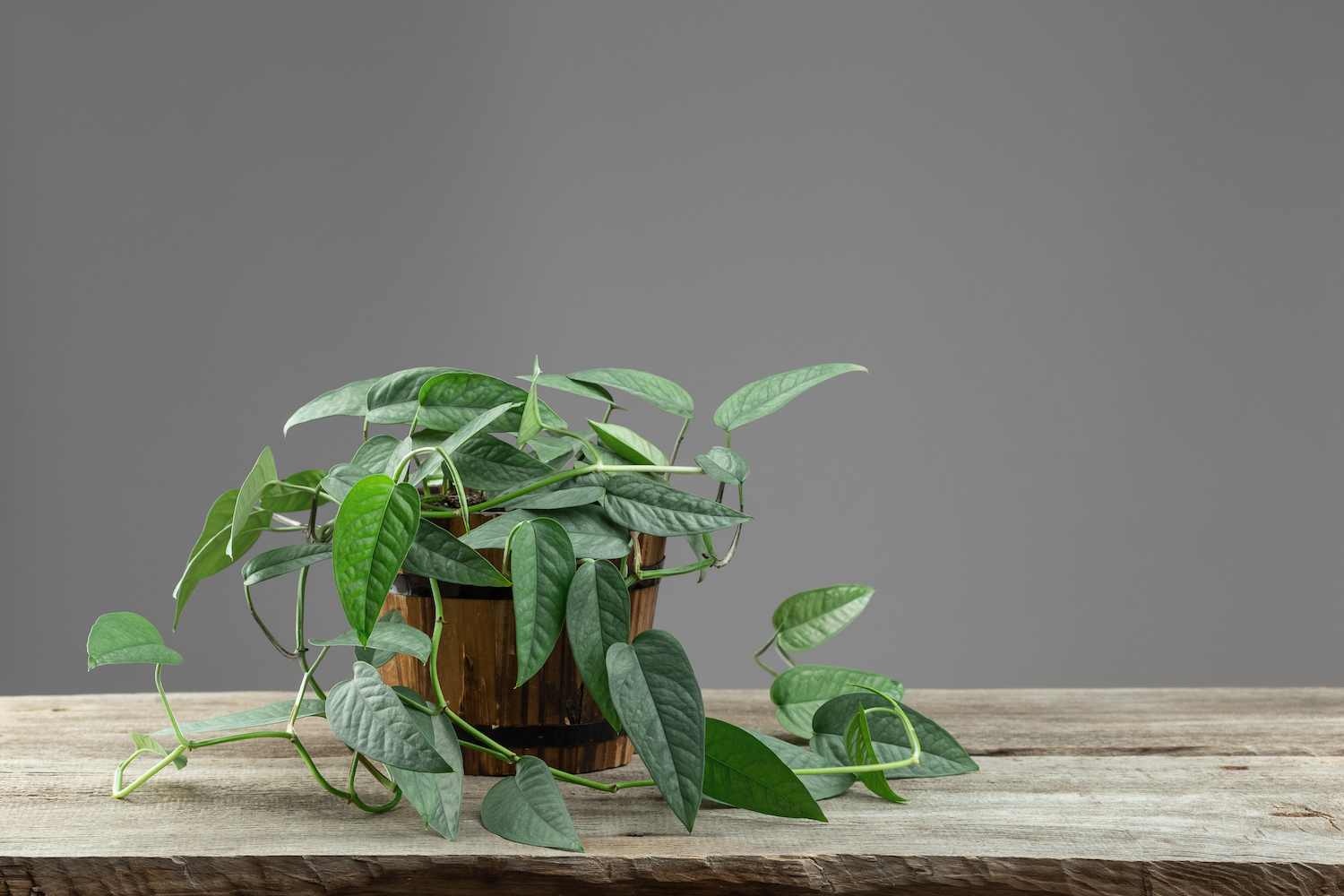
One of the best blue houseplants, the Cebu Blue Pothos, is another cultivar loved for its silvery grey leaves. This subtle tone gives it its name. Even though it's not technically blue, its paler hue is referred to as "blue" by horticulturalists. Less vibrant than their greener cousins, these 'blue' plants can thrive on lower light levels.
"If you let Cebu Blue Pothos climb vertically, its silvery blue leaves will eventually develop bold Monstera-like slits in the sides," says Justin. "This climbing/trailing plant tolerates a wide range of conditions, making it a great choice for beginners and experienced plant parents alike."
The Livingetc newsletters are your inside source for what’s shaping interiors now - and what’s next. Discover trend forecasts, smart style ideas, and curated shopping inspiration that brings design to life. Subscribe today and stay ahead of the curve.
3. Peru Monstera (Monstera sp. Per)
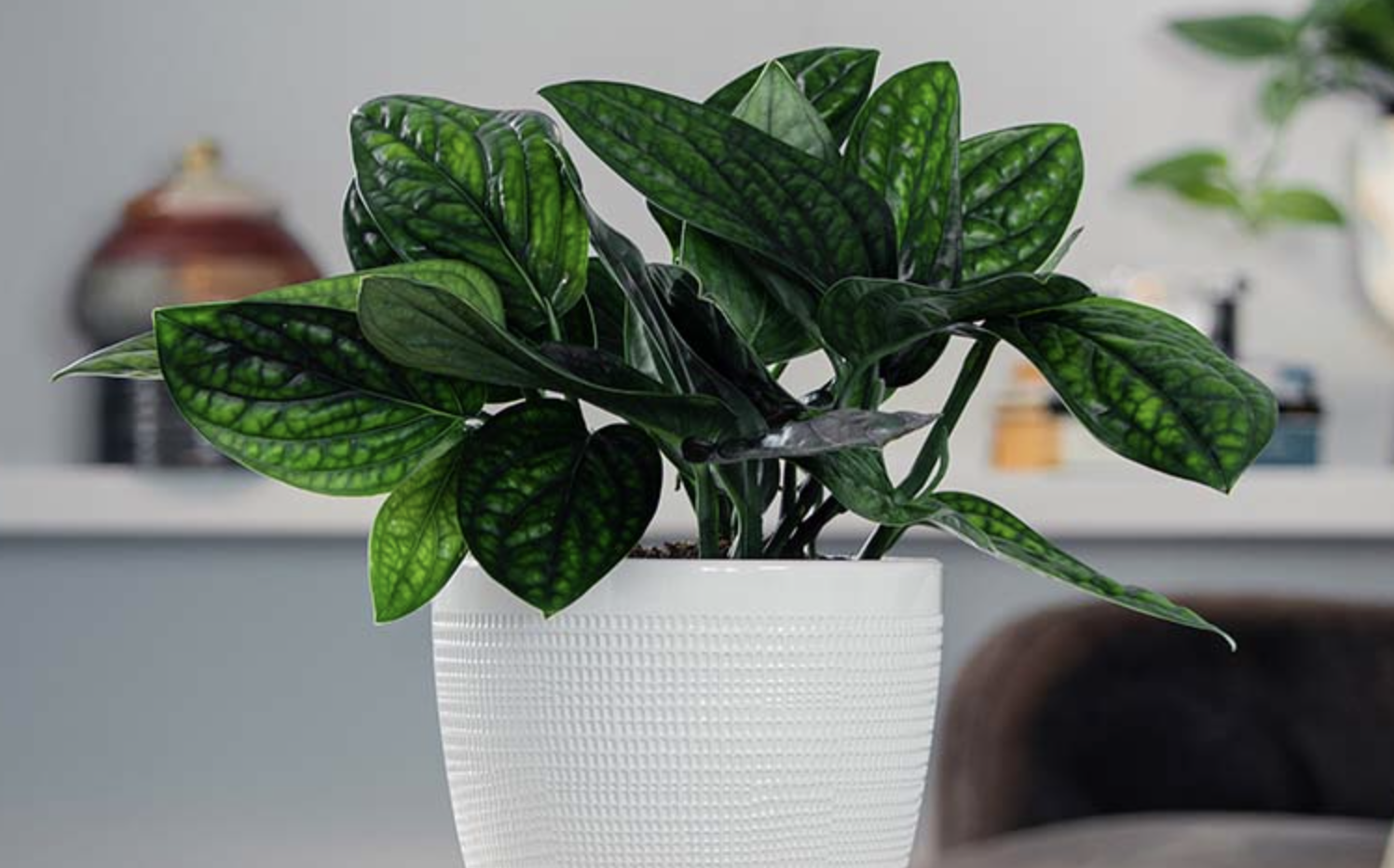
Also known as the Green Galaxy Monstera, this plant has beautifully textured foliage. A relative of the much-loved Monstera deliciosa, or Swiss Cheese plant (which is known to be the best houseplant for low light), it can also climb or trail and will grow to over six feet indoors. So ensure it has adequate support.
"Peru Monstera has a super-cool corrugated texture on its emerald-green leaves," says Justin. "It will climb upright on a totem, horizontally across a mantle, or trail. It's a slow grower compared to some pothos and philodendron varieties. However, it has similar needs, so will happily grow alongside them and with other types of Monstera."
4. Little Swiss Monstera (Monstera adansonii)

Another cousin of Monstera Deliciosa, Little Swiss Monstera is a smaller version with attractive arrow-shaped leaves, dotted with dramatic holes. A medium to fast-growing vine, Little Swiss Monstera is easy to care for, and like other climbers, will need a pole for support. To get the best out of this leafy green beauty, make sure you take the time to understand the fundamentals of monstera plant care.
"Little Swiss Monstera (Monstera adansonii) is great for its fenestrated leaves and super-quick growth habit," says Justin. "It climbs more as it gets older, and prefers medium to bright indirect light. It's sensitive to overwatering, so let the top couple of inches of soil dry out between waterings."
5. Arrowhead (Syngonium)

Arrowheads (Syngoniums) are tropical aroids that get their name from their arrow-shaped leaves. Loved by many for these uniquely patterned leaves and their easy-going nature, these attractive vines are versatile too. It's also the perfect pink houseplant with its pale, green, and pink leaves that are truly astonishing.
"While most plant parents grow Arrowheads in hanging baskets, they do actually have the ability to climb when trained," says Paris Lalicata, plant expert at The Sill. "Arrowheads prefer bright, indirect light but can tolerate lower light conditions, making them versatile for indoor spaces. Being in the same family as Monstera, they’ll also be happy planted in a standard potting mix that is rich in organic matter and well-draining."
Paris continues: "Allow the soil to dry out between waterings, but refrain from letting it remain dry for too long, which may be every 7-14 days depending on the conditions in the home."
6. Wax plant (Hoya Carnosa)
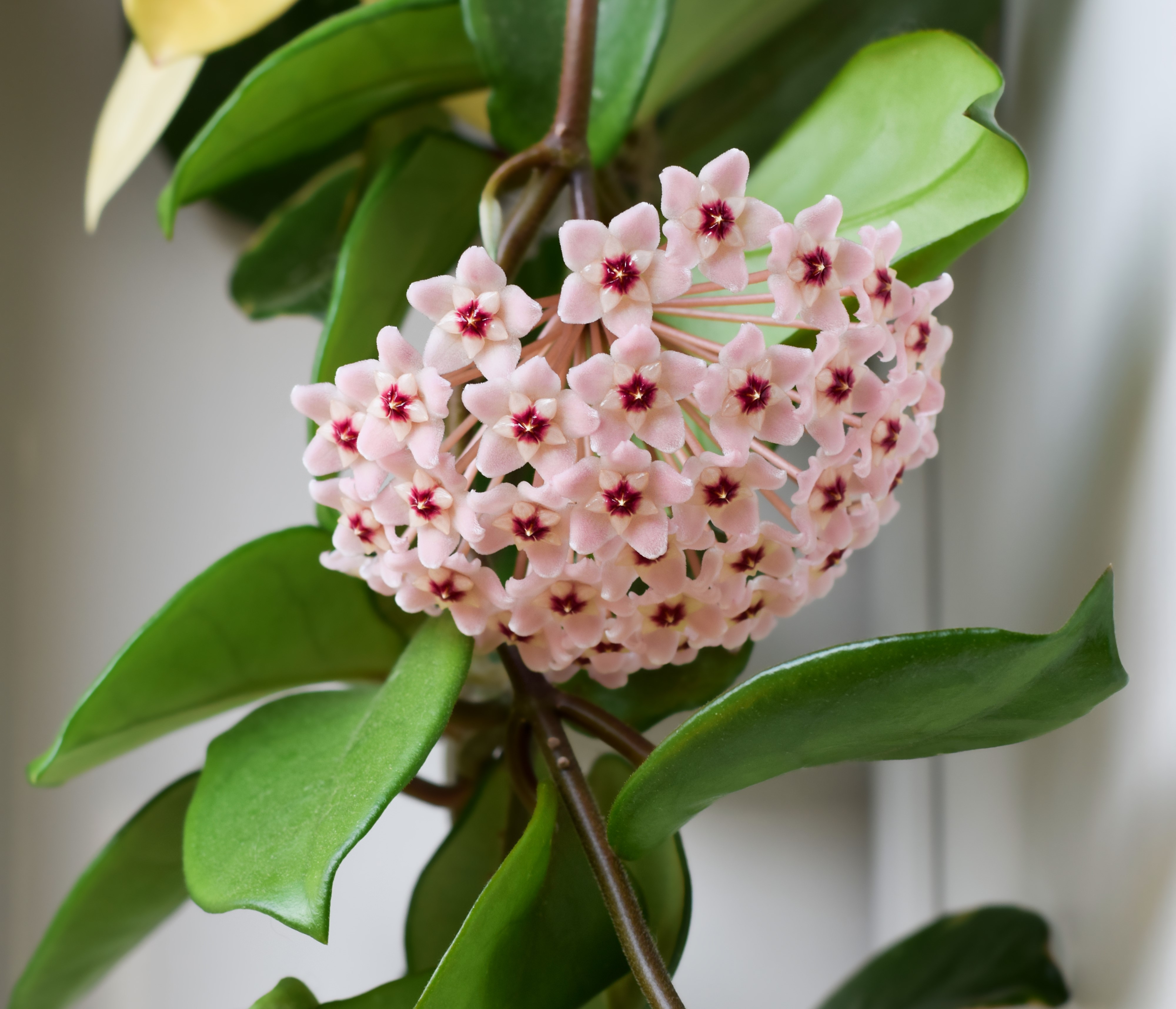
If you fancy more than foliage, consider a Hoya Carnosa. Also known as the Wax plant, this aesthetically pleasing vine has thick, waxy leaves and produces clusters of fragrant, star-shaped flowers. If you're looking to bring this tropical flower to grow indoors, remember, like all climbing vines, it will need a support.
"Hoyas are a great pet-friendly option in the home, as they are non-toxic, and send out long tendrils which they use to climb up a trellis," says Paris Lalicata. "They also thrive well under medium-bright indirect light conditions, with some morning direct sun only.
"Their thick, fleshy leaves allow them to be drought tolerant, so you only need to water them once the soil has dried out completely, which may be every 1-2 weeks. They can also be planted in a standard well-draining potting mix."
7. Jasmine (Jasminum polyanthum)
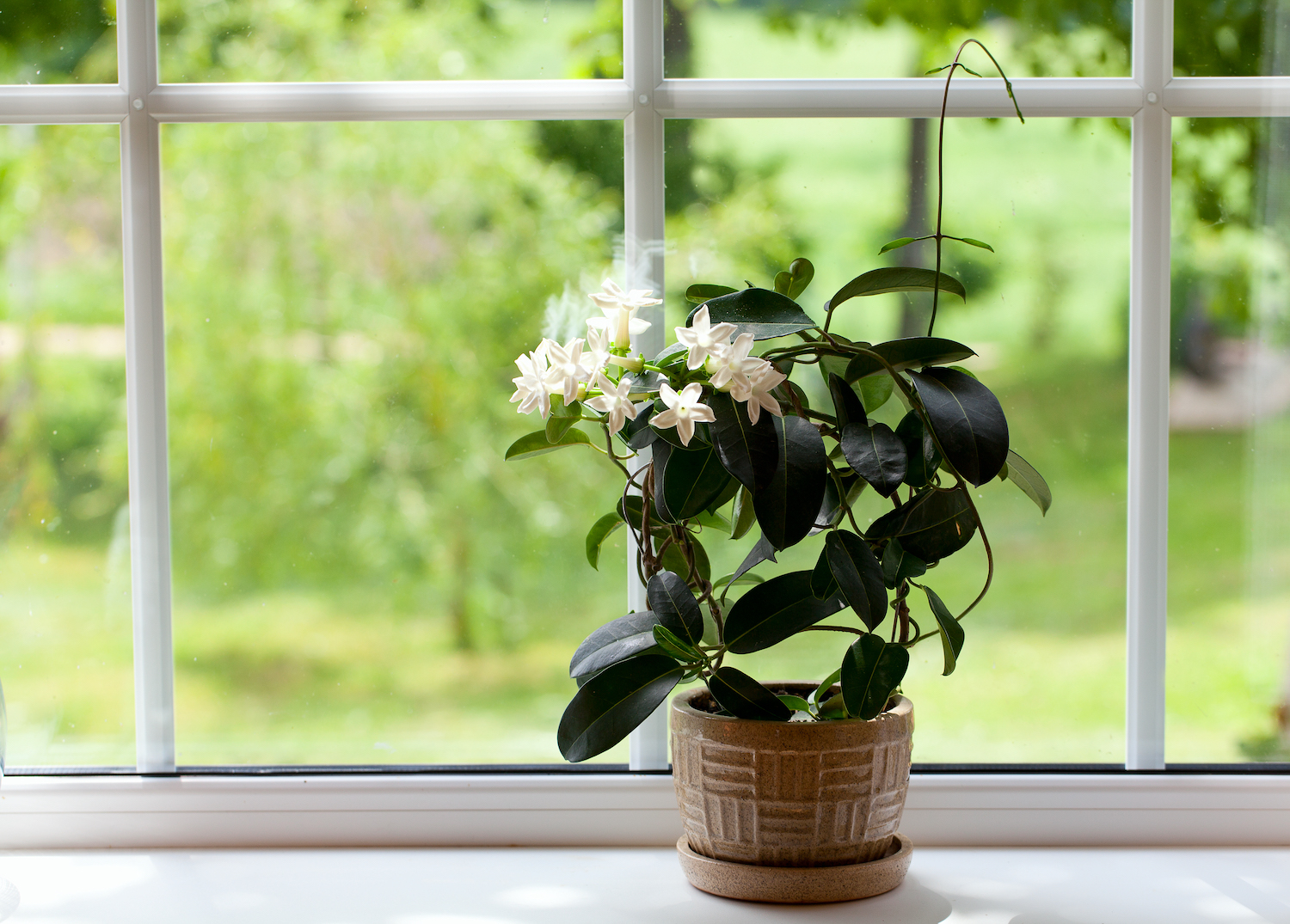
Jasmine is not only one of the best-scented climbers for a backyard but this pretty vine can be grown indoors too. Prized for its delicate and fragrant star-shaped flowers, Jasmine can grow vigorously inside when given the right conditions. So give it a trim after it has bloomed to keep it in check.
"Jasmine is a great addition to any indoor trellis to cover a space or add privacy," says Paris Lalicata. "They thrive best in bright indirect light to direct sunlight so placing it in an East or West window or slightly diffused South window would work best. These plants are not suited for low light conditions."
According to Paris, this precious bloom will also need a well-draining potting mix and should be watered once when about half of the soil dries out.
8. Philodendron Brandtianum

Among the best Philodendron plants and aesthetically pleasing indoor climbers is the Philodendron Brandtianum. Its unusual silvery leaf markings and heart-shaped foliage, prompted plant stylist, Hilton Carter to dub this a "designer" plant in his book Living Wild (published by CICO Books), as it brings the "wow" to a space.
"I like to place a Brandtianum in corners and pockets where its foliage can stand out against a white wall or another solid surface," says Hilton.
"Although, style this plant in areas of your home that stay at 60–80°F/16–27°C, avoiding any direct drafts from air conditioners and heaters."
9. Philodendron Melanochrysum
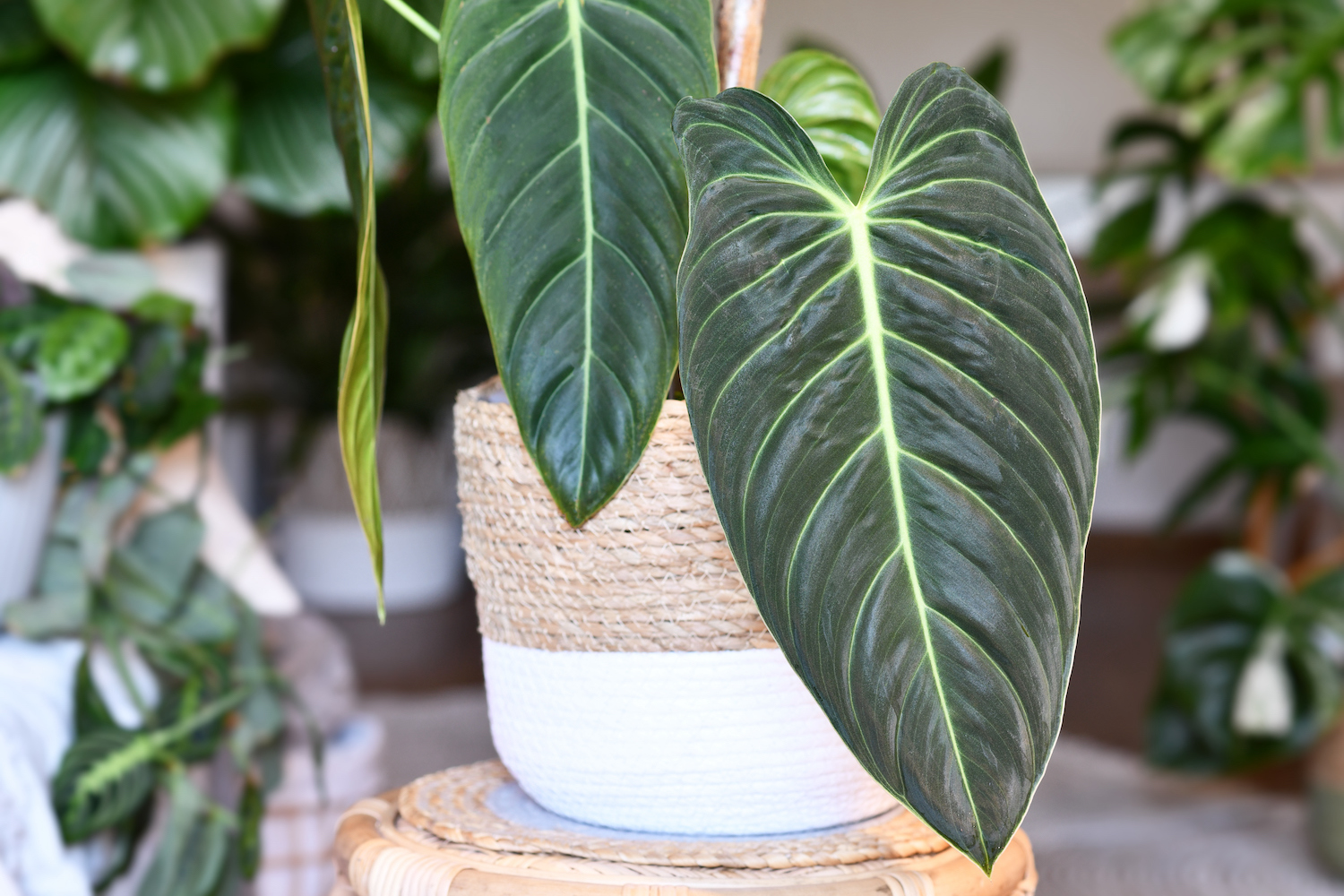
Another visually-impactful vine favorite for Hilton Carter is the Philodendron Melanochrysum. With its beautiful dark green, and velvety leaves, this is a show-stopping climber. However, it's a delicate plant that doesn't like to be touched, so place it away from curious pets and direct sun.
"Surround the roots with a mix that is well aerated and retains moisture," says Hilton. "A mix of organic potting soil, sphagnum moss, and perlite is great and keep this plant in an area that stays at 60–75°F/16–24°C. Placing a trellis or wooden pole inside the pot will encourage the vines to grow upward."
10. Grape ivy (Cissus rhombifolia)
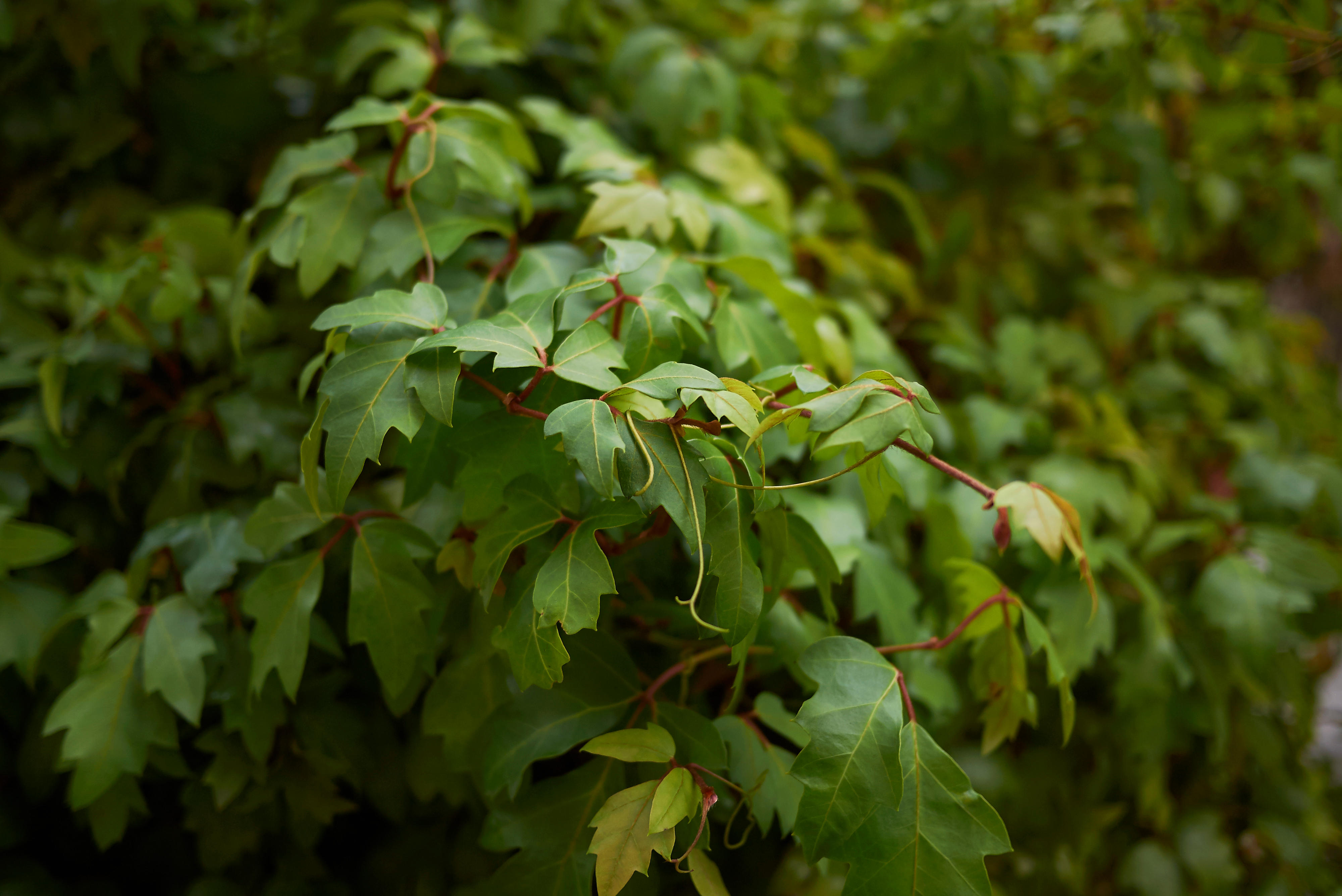
A beautiful vine with glossy green leaves, Grape ivy is easy to grow and will reach heights of ten feet indoors. It will need a bamboo cane or other support to climb up, however it is equally attractive trailing.
"This vining plant is perfect for a trellis, or hanging basket," says Lisa Eldred Steinkopf, author of Houseplants for Beginners. "It has dark green leaves that are separated into leaflets, which resemble small oak leaves rather than grape leaves. It’s a robust plant that can cover a problem spot or a dark corner quickly.
"It's a versatile vine that can tolerate a low-light north window but would prefer a medium light in an east or west window. Plant it in a peat-based but well-drained potting medium, and keep the plant evenly moist. Do not allow it to stand in water, however, if it dries out, it will drop leaves."
FAQs
What is the fastest climbing plant for indoors?
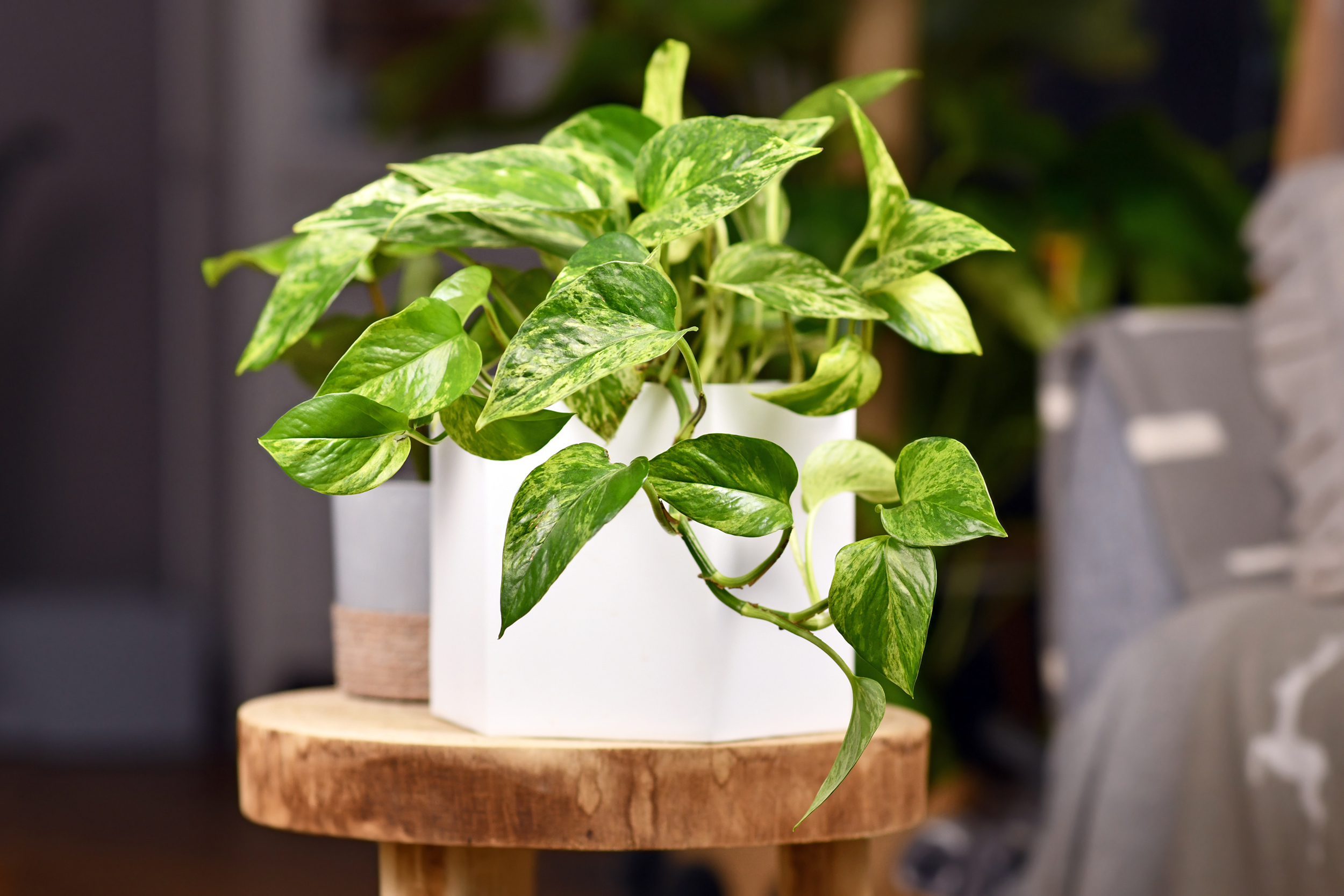
Pothos is thought to be one of the fastest-growing vines indoors. It is also a great plant for beginners, due to its ability to thrive in low light conditions and with infrequent watering. In the wild, it will grow up tree trunks in the forests of southeast Asia.
"In general, non-variegated climbers like Global Green Pothos or Little Swiss Monstera are quicker growers than their variegated counterparts," says Justin Hancock, Horticulturalist and Director, Costa Farms. "Other small-leaf Monsteras (like Cobra and Peru) and green Pothos are also pretty fast growers, particularly if they have good light and fertilization levels."
How do you take care of climbing plants indoors?
All indoor climbing plants will need support to climb around. This could be a moss pole, trellis, bamboo rod, or even a shelving unit.
"The most important thing is to provide good light levels," says Justin Hancock. "While a fast-growing vine like Pothos will tolerate low light levels, it means it’s the minimum amount of light it needs to survive. However, the more light indoors it gets, the more it will thrive. Any plant—even those labeled as low light—will appreciate a brighter spot in your home."
Justin says another important factor to look at is water. You need to ensure your plant gets enough but do not overwater them. Understanding everything about watering houseplants is essential. Justin tells us: "As a general rule water when the top 25 to 50% of the potting mix dries to the touch (depending on species). If in doubt, it’s better to underwater almost every climbing houseplant than to overwater it. Keep your climbing houseplants away from hot or cold drafts, and provide the right kind of support on which your houseplants will climb."
Jacky Parker is a freelance lifestyle journalist and writer, producing a wide range of features for magazines and digital platforms. She has written for Livingetc and its sister titles, Homes & Gardens and Country Homes & Interiors for more than 15 years, both as a freelance contributor and as Acting Digital Editor and Acting Style Content Editor, regularly reporting on the latest interiors, gardens and wellness inspiration, speaking to experts in their respective fields, and discovering the best tips.
Jacky has also written for other publications, including Sunday Times Style, The Telegraph, Architectural Digest, House Beautiful, ELLE Decoration, Red, Grand Designs and more.
